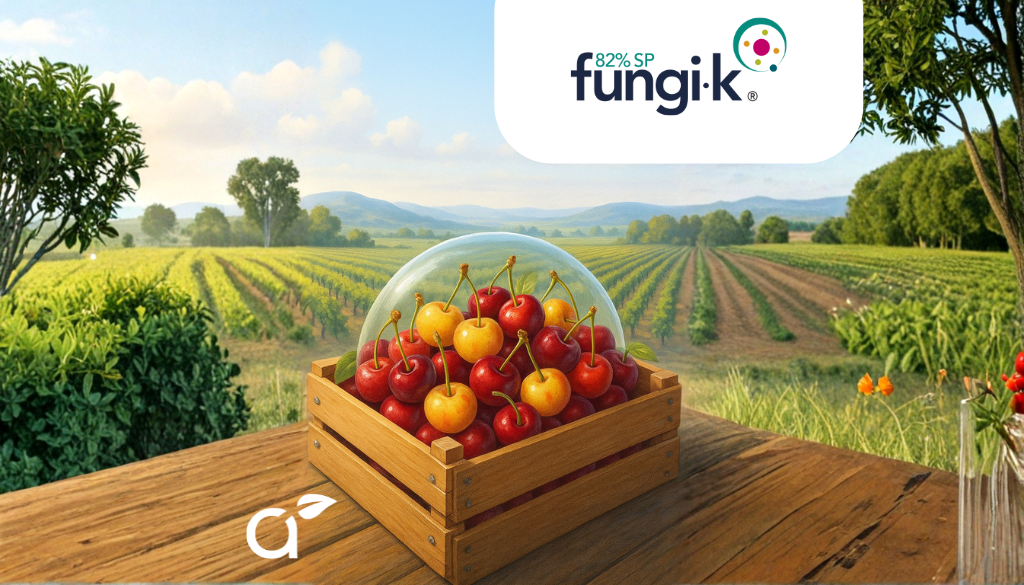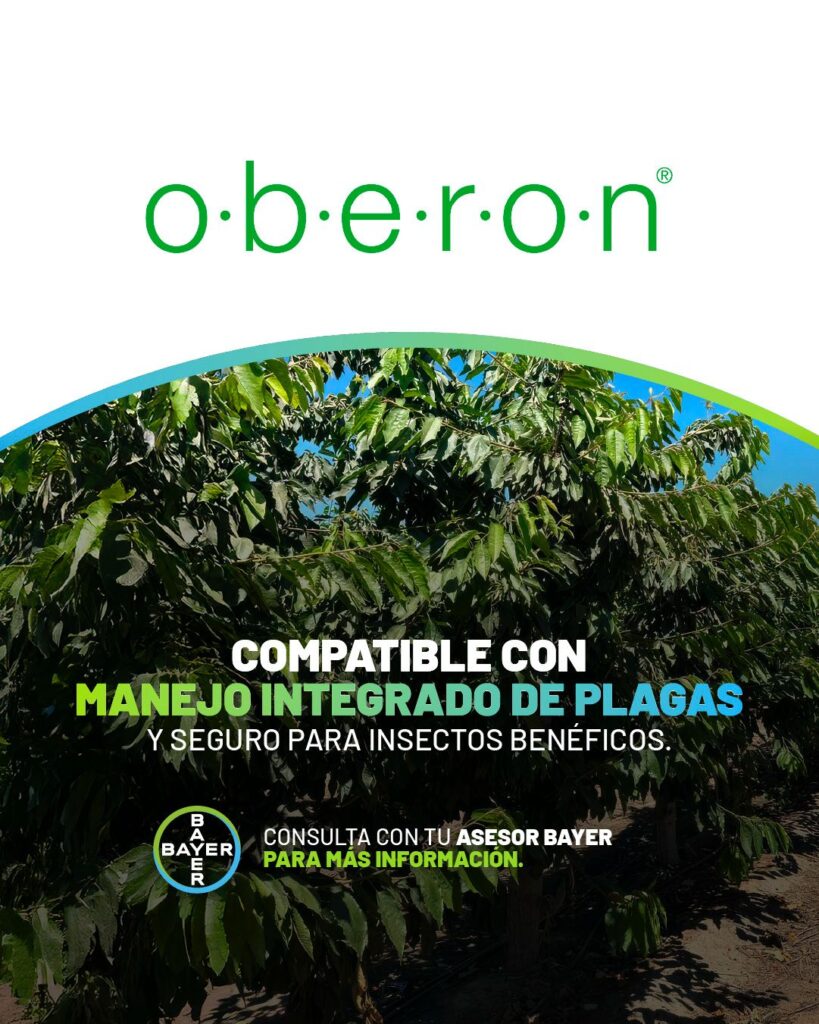Producers in the Pacific Northwest and British Columbia, Canada, expect harvest programs to extend into September..
Bad weather is not giving any respite anywhere in the world. Climate change and extreme events have caused havoc in various crops, with cherries being one of the most affected. An example of this is what is happening in North America, where the cherry season will be extended at least until September, all due to spring frosts and unexpected rains.
In 2022, the state of California has suffered a drop of almost 50% in its production, reaching only 5.4 million boxes (8.2 kg), compared to the record of 10.1 million in 2021. The rainfall, unusual for this time of year, together with low temperatures, led to this sharp drop. But the "golden state" is not the only one with problems. In Washington, a region located in the northwest of the country and bordering Canada, the humidity and cold conditions made production the worst in 14 years. For its part, although British Columbia (Canada) has suffered similar weather problems, they hope to compensate for their losses thanks to late-maturing orchards.
The Northwest Cherry Growers (NWCG) has had an especially tough job this season, as it has had to continually revise its seasonal production estimates. The latest, released in mid-July, called for production of nearly 12.5 million boxes (9.1 kg). If true, this would be the lowest Pacific Northwest shipments in the past 9 years. For reference, Northwest cherry production averaged 23.3 million cartons from 2016-2021.
“We are working with the 50% from this year’s crop,” Dave Martin of Stemilt Growers told Fruitnet. “Daily volume is still mediocre; we should be shipping 70-80,000 cartons a day, but at the moment the average is more like 30,000. That’s only 15 trucks.”
Steve Reinholt of Starr Ranch Growes nuanced the situation, noting that “our late season fruit appears to be unaffected by the previous bad weather.” The cherry grower complemented his position by stating that “there is a wide range of ripeness out there, however, the industry will likely maintain shipments of fruit through August at least.”
Cherry exports have traditionally been a significant percentage of the Pacific Northwest's seasonal distribution, averaging more than one-third of the industry's total production. For now, 2022 appears to be an exception.








